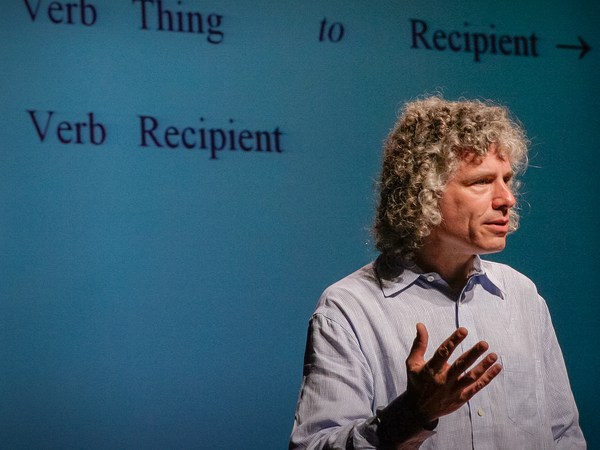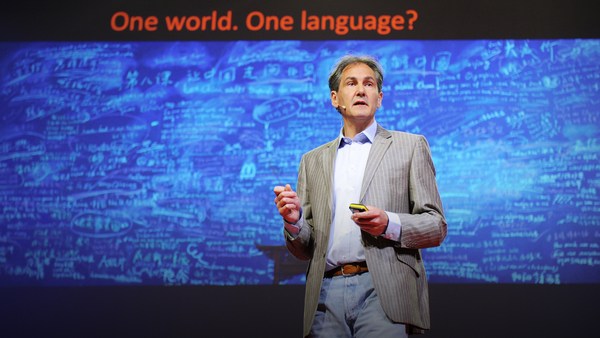If you've been watching this series, you'll know I care about data. But data has its limitations, especially when it comes to language. Basically, if you get your categories wrong, you can wind up with some pretty misleading statistics, and the US Census is a prime example.
[Am I Normal? with Mona Chalabi]
Taken every 10 years, this survey aims to collect demographic data from each and every resident of the US and its territories. Those responses help the government to determine everything, from the allocation of seats in Congress and the Electoral College, to the allocation of hundreds of billions of dollars in federal funds. And those funds pay for things like new hospitals, road improvements and school lunch programs. And crucially, the statisticians that work there are nonpartisan. They sit at the same desks, applying the same formulas, no matter who is in charge at the White House.
So undoubtedly, the US Census Bureau does important work, but it does have some blind spots. For example, there has been a decades-long effort to add the category Middle Eastern or Northern African or MENA to the census. Currently, the census defines people from these regions, and that includes me, as white. Yeah, that's incorrect. In 2015, the census did test a version of this survey that included MENA. It found that when given the MENA option, the number of people from that region who identified as white dropped from 86 percent to 20 percent. See, when you reconsider language, the numbers can change dramatically. Unfortunately, though, the census still didn't make the change, saying that further tests were necessary to determine if MENA should appear under ethnicity instead of race. That means that those who have rallied for its inclusion will have to wait another decade to see if our community can be recognized.
This isn't the first time that language has restricted how people are represented in the census. The very first one, way back in 1790, only had three broad categories, and I quote: "slaves, free white men and women, and all other free persons." It would be another 30 years before distinct categories for free Blacks and another 40 years before American Indians would appear on the census.
Since then, more and more categories have been added, but progress has been slow. It wasn't until 2000 that people could choose more than one race to describe themselves, and for the very first time in 2020, people who selected Black or white could go a bit more granular and provide more detail about their origins, like naming France or Somalia or spotlighting their Indigenous identity.
Right now, you might be thinking: Why does the wording on a survey even matter? Race and ethnicity are social constructs anyway. But that doesn't change the lived experience of those who aren't truly reflected in these forms. Questionnaires need to ask the right questions if they want to capture what's really happening in the world. A Northern African non-binary person might be misgendered or considered white by the census, but face disproportional discrimination, health disparities or language barriers that are unique to their community. It's no wonder, then, that it's often marginalized and vulnerable communities ones whose identities are missing from these forms that lack access to governmental resources and protections.
Now, there are some understandable historical reasons why people might not want to engage in this kind of data gathering. But without the data, it’s just easier to deny the inequality is real. If we want a more equitable society, we have to measure our reality, and the best way to start is by using language that recognizes our differences.





